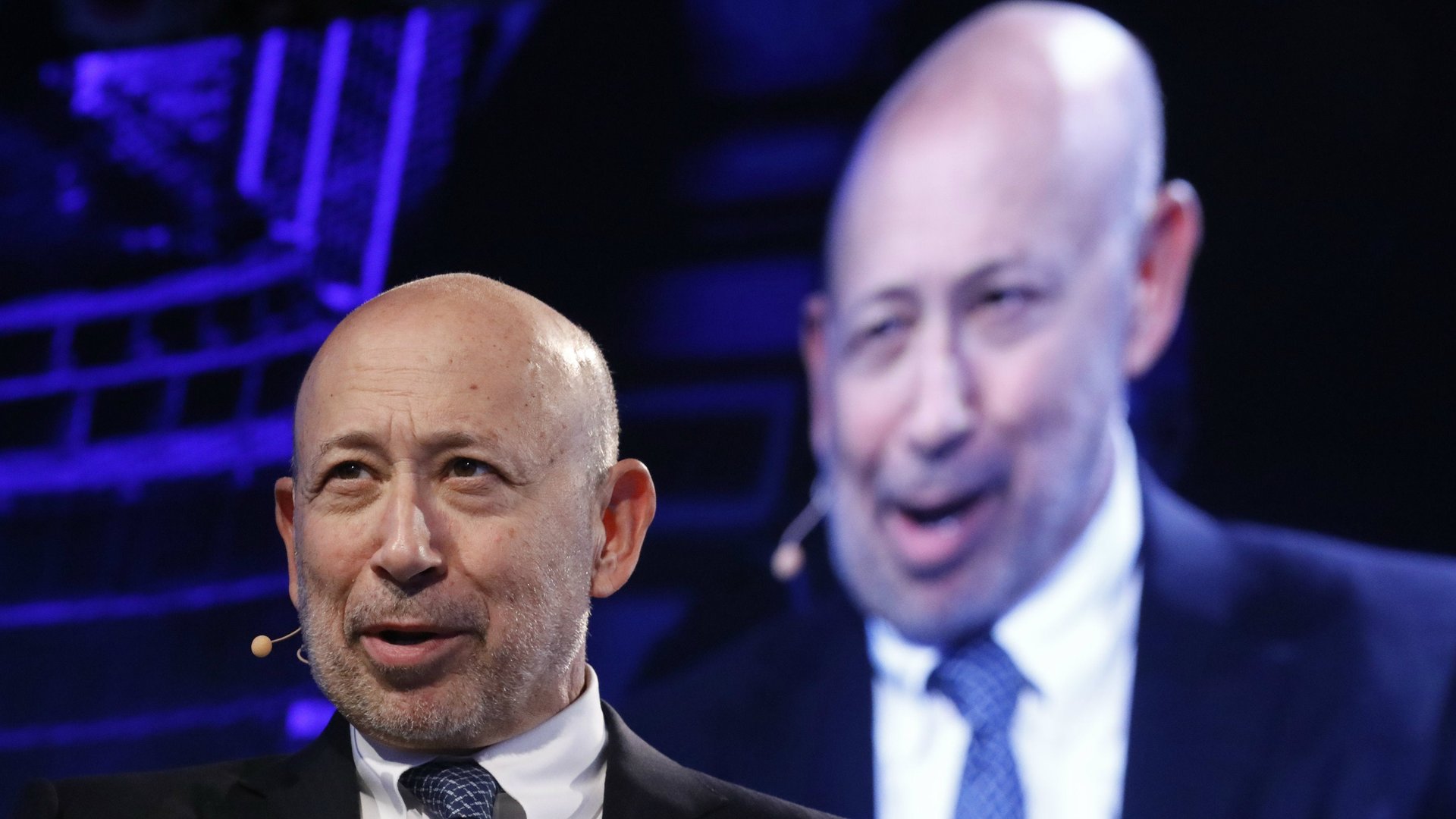You don’t have to be a captain of industry to get a call from the CEO of Goldman Sachs
Lloyd Blankfein, Wall Street veteran and chief executive of Goldman Sachs, makes a habit of calling up clients, generally the world’s biggest hedge funds and corporations. But now, Blankfein also dials customers who use its online retail-loan service called Marcus: He introduces himself as Goldman Sachs CEO Lloyd Blankfein and asks about their their experiences with the bank’s personal loan product. Marcus issues loans ranging from $3,500 to $30,000 to individual consumers, a big departure from Goldman’s traditional client base.


Lloyd Blankfein, Wall Street veteran and chief executive of Goldman Sachs, makes a habit of calling up clients, generally the world’s biggest hedge funds and corporations. But now, Blankfein also dials customers who use its online retail-loan service called Marcus: He introduces himself as Goldman Sachs CEO Lloyd Blankfein and asks about their their experiences with the bank’s personal loan product. Marcus issues loans ranging from $3,500 to $30,000 to individual consumers, a big departure from Goldman’s traditional client base.
Most people who get personal loans from Goldman will still make do with chats from call center workers, but Blankfein’s phone calls are emblematic of the Wall Street bank’s shifting focus. While Goldman is best known for advising on mega deals and trading, stricter regulations since the financial crisis have made the latter much less profitable for banks. Instead, the rules tend to reward the more staid business of lending and taking deposits. Goldman became a bank holding company in 2008 and is now making greater use of that license.
Specifically, Goldman thinks it can generate $1 billion in extra revenue from its consumer-lending business over the next three years. That’s comparable to the growth it expects from its more established trading operations.
Goldman argues that the switch isn’t as radical it sounds. The company has a long track record of risk management, and thanks to the rise of digital finance, the firm can take deposits and make loans without building thousands of branches. Other technology companies have had the same idea, betting that customers would rather use an app on their phone than visit a branch to take out a loan.
Even so, Goldman’s lending operations have expanded much more quickly than others, according to CB Insights. Marcus hasn’t yet reached its goal of lending out $2 billion this year, but still expects to by the end of 2017. Among other things, Goldman benefits from a much lower cost of funding than a typical fintech startup.
To boost the “customer experience” in its retail banking business, Goldman says its has hired from the likes of music video service Vevo and American Express, and that it answers more than 95% of calls to its call center within 30 seconds. That may not be the white-glove service that Goldman’s investment banking clients enjoy, but Blankfein’s calls suggest the bank respects the new business as much as the old one.